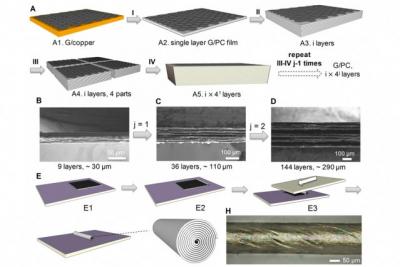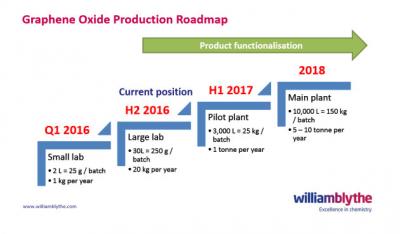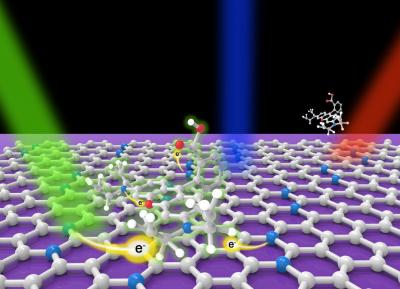Researchers at MIT have found a way to make composite materials using large area graphene films, in which large numbers of layers are stacked in an orderly manner, without having to stack each layer individually. This could enable creating composite materials containing hundreds of layers and open the door to various possibilities for designing new, easy-to-manufacture composites for optical devices, electronic systems, and more.

A major obstacle in creating graphene-based composites has been that graphene sheets and particles have a strong tendency to adhere together, so just stirring them into a batch of liquid resin before it sets is inefficient. The new technique could go a long way in solving this - while the process is more complex than it sounds, at the heart of it is a technique similar to that used to make puff pastry common in many desserts. A layer of material â dough, or graphene, in this case â is spread out flat. Then, the material is doubled over on itself, pounded or rolled out, and then doubled over again, and again, and again. With each fold, the number of layers doubles, thus producing an exponential increase in the layering. Just 20 simple folds would produce more than a million perfectly aligned layers.




